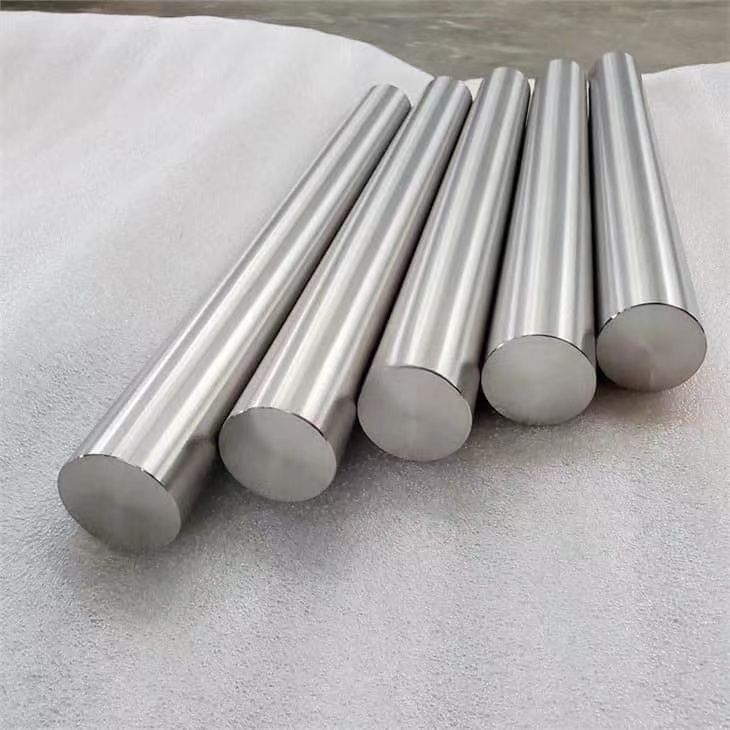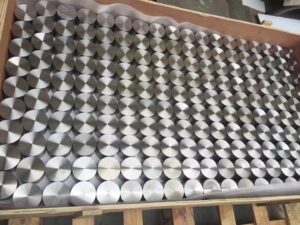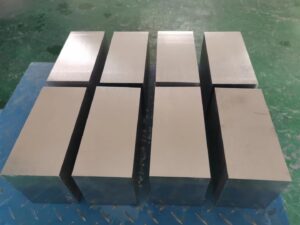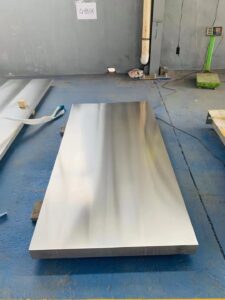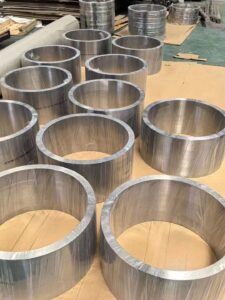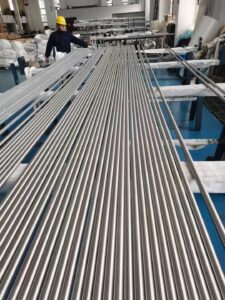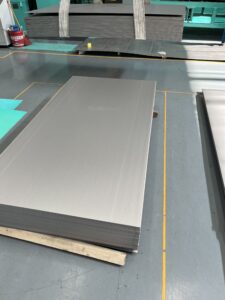Tungsten and Molybdenum
Tungsten and molybdenum are commonly used refractory metals and are used as electrode materials in resistance welding because of their high melting point, high hardness and anti-sticking characteristics. Tungsten and molybdenum also have higher electrical conductivity than metals such as iron.
The purpose of the electrode
The integral electrode made of tungsten rod is only suitable for welding under low current and low pressure, such as welding small copper alloy parts in electronic products; when welding under high current and high pressure, tungsten rod or tungsten sheet is often embedded in copper alloy The head of the electrode constitutes a composite electrode, so that, on the one hand, it can improve the conductivity of the electrode and improve the heat dissipation effect of the tungsten electrode, and on the other hand, it can prevent the tungsten electrode from being broken by impact during welding.
The proportion of tungsten copper alloy Cu-Wu
The use of pure tungsten or pure molybdenum for electrode inlay is limited by the size of the material, and generally cannot be made too large, and the form of the electrode is also limited. Therefore, powder sintered materials such as copper-tungsten and silver-tungsten are used more.
Copper-tungsten as electrode material for resistance welding usually contains more than 60% tungsten by weight, and the commonly used varieties are Cu-W70 and Cu-W80.
